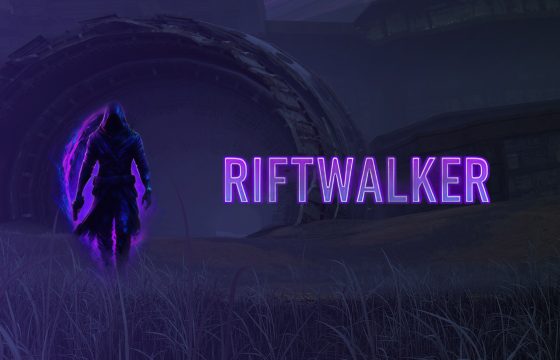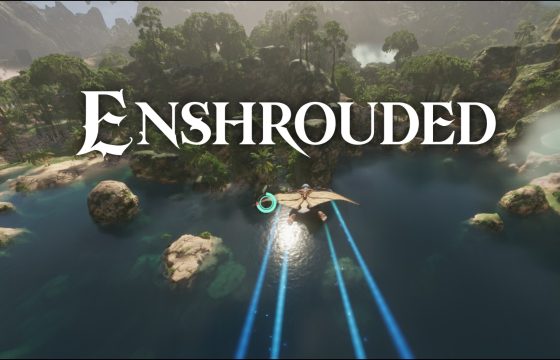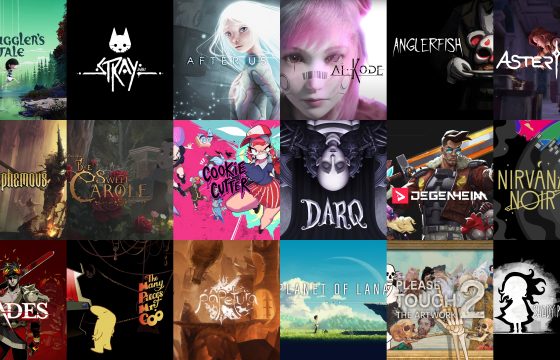The future of LOD systems in video games is undoubtedly exciting. The advancements in ray tracing, procedural generation, AI-driven optimization, multiplayer synchronization, and cloud computing will push the boundaries of realism and performance to new heights.
As video game technology continues to evolve, developers are constantly seeking ways to enhance player experiences. This is one of the fundamental principles of video game design. One crucial aspect of achieving immersive gameplay is the management of Level of Detail (LOD) systems. It remains one of the most important facets of design and optimization. LOD refers to the process of rendering objects and environments at varying levels of detail based on their distance from the player’s viewpoint.
The concept has been a staple in game development for years; almost since the very beginning of video game development. The future promises exciting advancements that will significantly impact both realism and performance in video games.

Ray Tracing and Real-Time Global Illumination
The integration of ray tracing technology has been a game-changer in terms of visual fidelity. By simulating the behaviour of light and accurately calculating how it interacts with surfaces, ray tracing enables developers to create breathtakingly realistic scenes. In the future, LOD systems will most likely be designed to handle dynamic ray-traced environments, adapting the level of detail in real-time to maintain the balance between visual quality and performance.
This will lead to more immersive worlds with realistic shadows, reflections, and global illumination that respond seamlessly to changes in the game environment. You’ll be able to run these now intensive experiences on much more basic hardware. This will also give a big boost to performance and how systems manage resources in ray-traced environments.
Procedural Generation and Infinite Worlds
Procedural generation has already allowed for the creation of vast and diverse open worlds. However, combining this technology with advanced LOD systems will take things to a new level. A good example of this in action is No Mans Sky. Game worlds could become virtually limitless, procedurally generating high-detail content on the fly, while efficiently managing the LOD of distant or less relevant elements. For example, planets that are far away do not need to be detailed, but as you approach them the detail will rise and become more system intensive. This approach will lead to more expansive and varied environments, enriching exploration experiences without compromising performance.
AI-Driven LOD Optimization
With the rise of artificial intelligence and machine learning, LOD systems will become more intelligent and adaptive. AI algorithms will be able to predict player movement patterns and behaviour, anticipating where players are likely to direct their attention. By doing so, they can allocate rendering resources more efficiently, dynamically adjusting the LOD levels for objects and scenery that players are not actively engaging with. Consequently, this will improve performance and allow for more impressive graphics on the objects that matter most to the player’s experience. We are headed for a virtually realistic layer of immersion as these technologies continue to develop.

Multiplayer LOD Synchronization
In multiplayer games, maintaining consistency between players’ perspectives is crucial for fair and competitive gameplay. Future LOD systems will focus on efficient synchronization across all connected clients, ensuring that everyone experiences the game world at a consistent level of detail. This challenge becomes more apparent as virtual reality and augmented reality gaming gain popularity, as maintaining a seamless and synchronized experience for multiple players in immersive environments will be vital. This will maintain the spirit of fairness, as experiences on all sides of the match will be virtually matched, in terms of action and map consistency. This remains a challenge as hardware remains inconsistent throughout connected AP’s or computers. Matching these at server level will be a huge boon to videogame fairness.

Cloud Computing and Remote Rendering
The emergence of cloud gaming and remote rendering services is revolutionizing how players access and experience video games. LOD systems will play a pivotal role in optimizing the streaming process. With the heavy computational tasks being handled by powerful servers, game developers can afford to send higher-quality assets for rendering, significantly enhancing visual fidelity without overburdening players’ local devices. This approach will enable more players to enjoy stunning graphics and high-performance gameplay on various devices, regardless of their hardware specifications. This is huge in terms of accessibility and will give everyone a fair shot, regardless of related hardware.
For example, if someone is running a system with a 2nd generation Ryzen processor and 8 gigabytes of slower DDR4 ram, paired with a GTX 970 4GB graphics card; they will not have the same experience as someone with a much more recent and capable system. On the other end, a person might be running a system with a 13th generation I7 processor, 32 gigabytes of DDR5 ram and a 4080ti; naturally it won’t be a fair fight. One person will be able to turn their settings up all the way while gaming on a high refresh rate monitor and the other will have a stutter filled experience. Cloud gaming aims to eradicate this problem entirely, be we are still some ways off from that actually happening.
Conclusion
The future of LOD systems in video games is undoubtedly exciting. The advancements in ray tracing, procedural generation, AI-driven optimization, multiplayer synchronization, and cloud computing will push the boundaries of realism and performance to new heights. Players can expect more visually stunning and immersive worlds without sacrificing smooth gameplay experiences. As game developers continue to innovate and harness the power of technology, the future of LOD systems will undoubtedly shape the way we perceive and interact with virtual worlds in the coming years, in a major way.
The ultimate aim of these developing and advancing technologies are to allow players to have synchronous experiences regardless of base computing power or hardware. In multiplayer games these technologies will provide a much fairer playing filed and in single player games it will provide an overall smoother gameplay experience. The future is undoubtedly bright for videogame creators and players.

My details and links :









